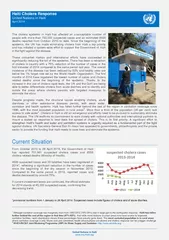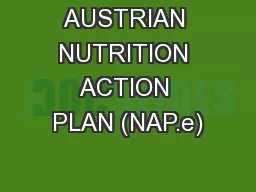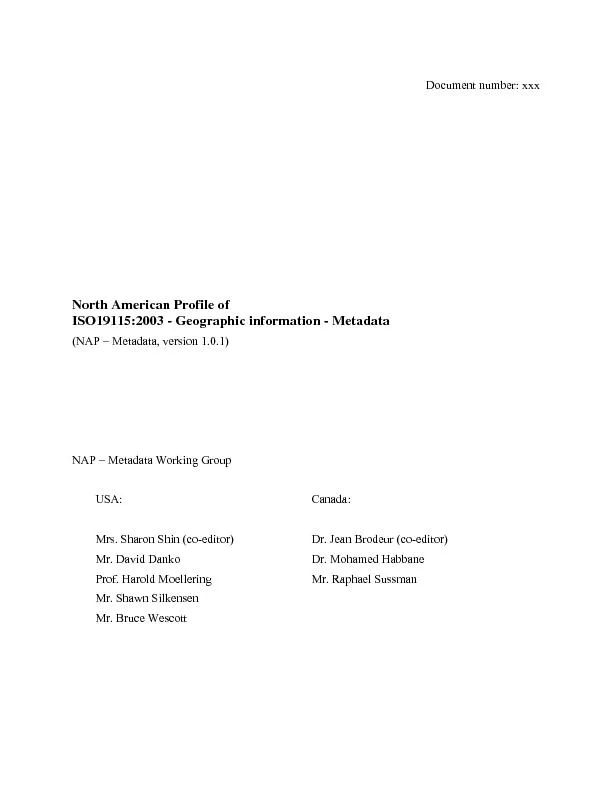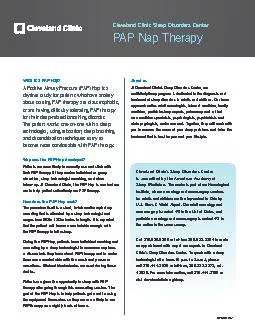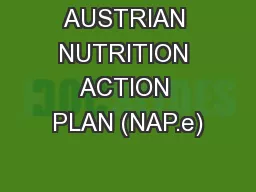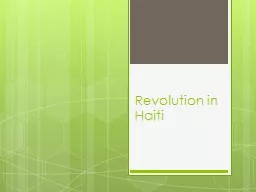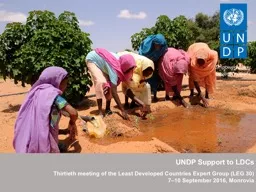PPT-Haiti Open NAP: a study case
Author : karlyn-bohler | Published Date : 2018-02-16
Regional training workshop on NAPs for LAC Countries 4 to 7 September 2017 San Jose Costa Rica A1 Launching the NAP Process Interest of the NAP Process as a framework
Presentation Embed Code
Download Presentation
Download Presentation The PPT/PDF document "Haiti Open NAP: a study case" is the property of its rightful owner. Permission is granted to download and print the materials on this website for personal, non-commercial use only, and to display it on your personal computer provided you do not modify the materials and that you retain all copyright notices contained in the materials. By downloading content from our website, you accept the terms of this agreement.
Haiti Open NAP: a study case: Transcript
Download Rules Of Document
"Haiti Open NAP: a study case"The content belongs to its owner. You may download and print it for personal use, without modification, and keep all copyright notices. By downloading, you agree to these terms.
Related Documents



